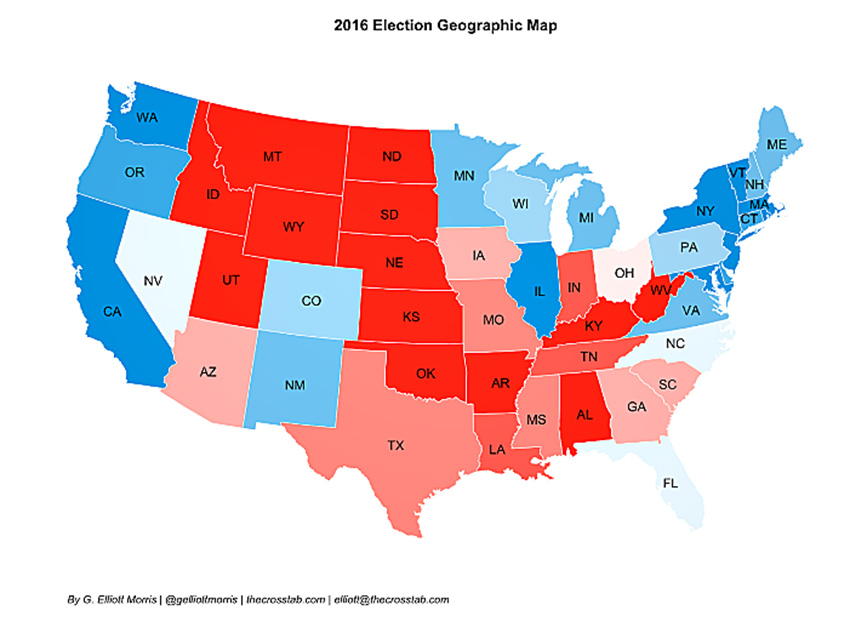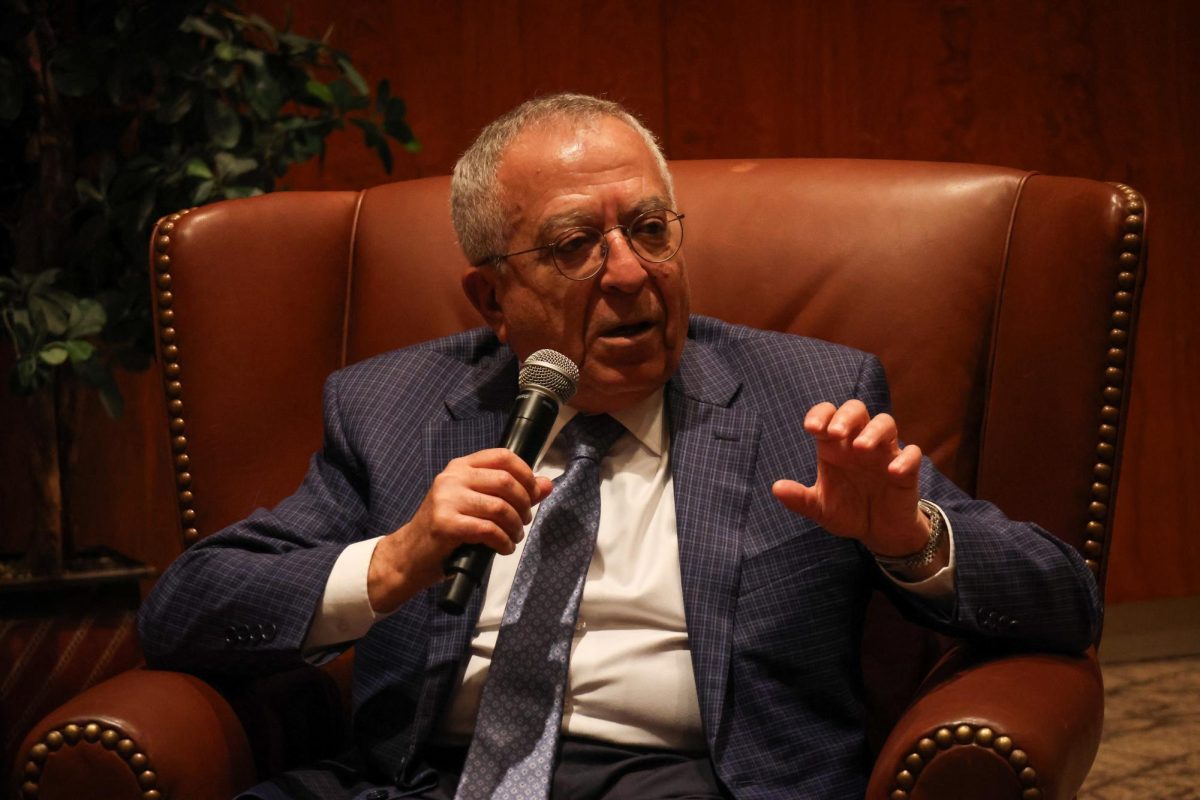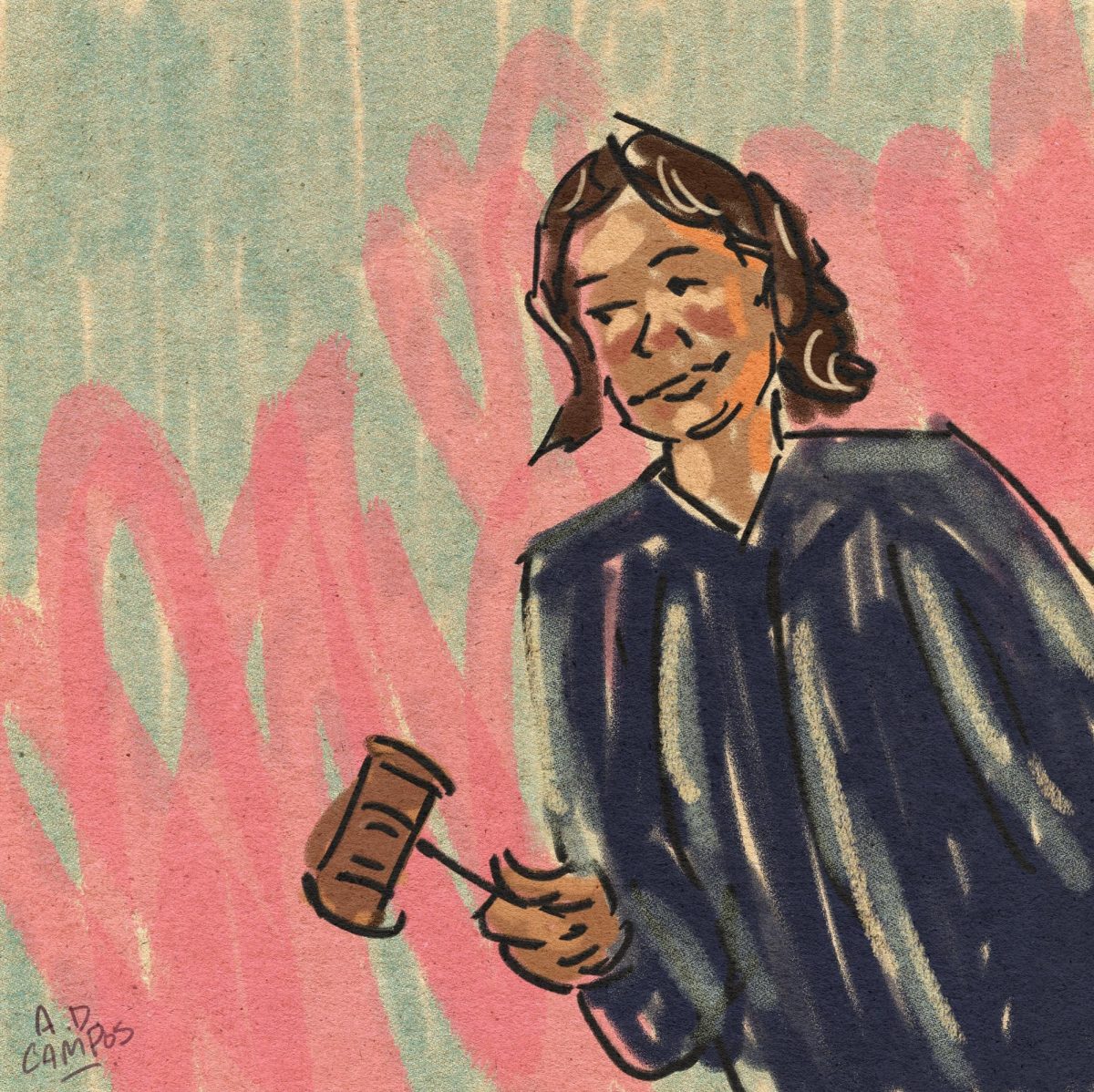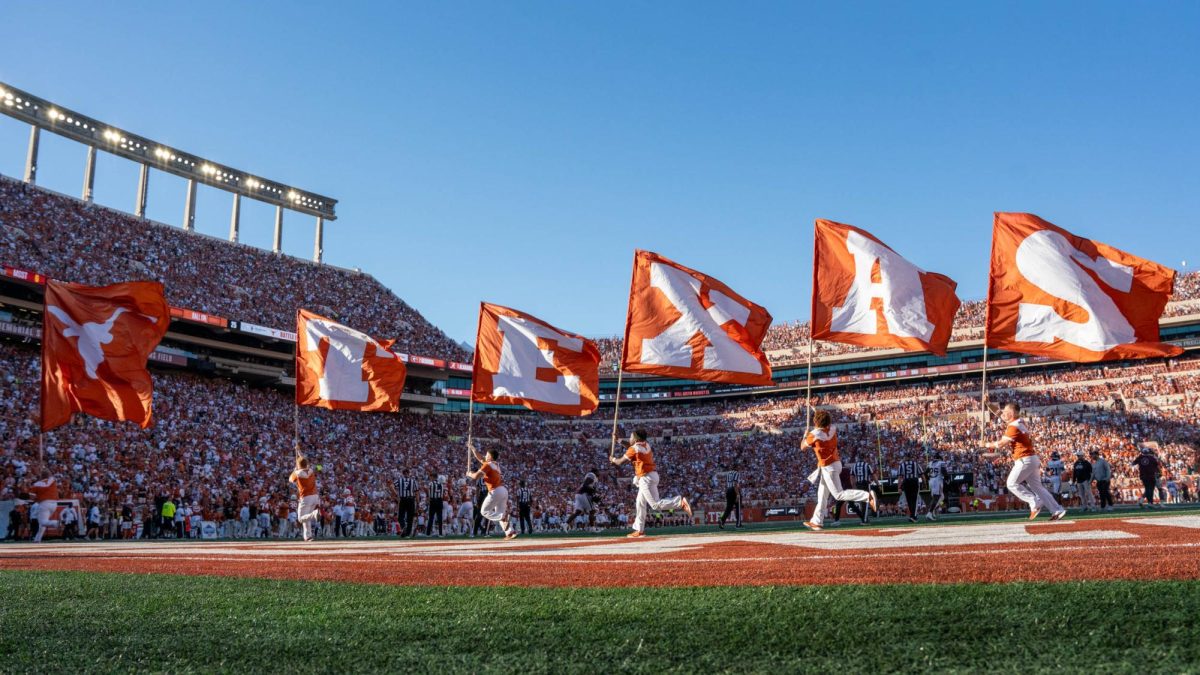Today is Election Day, marking the end of a frenzied political battle between Democratic presidential nominee Hillary Clinton and Republican presidential nominee Donald Trump, and Americans who didn’t early vote will cast their ballot for the next U.S. president.
G. Elliott Morris, a Daily Texan senior columnist and elections forecaster, said Clinton has almost an 85 percent chance of winning the presidency, while it looks like Trump is on track to add the historically right-leaning Texas to his list of electoral victories.
The model aggregates polls in each state, using a fundamentals forecast where polling isn’t available and adjusts the state averages with the day-to-day change in national polling. Then it simulates the election 20,000 times, varying certain attributes like regional and national error to ultimately create the top-line probabilistic election forecast.
Morris said his current model gave Trump more than a 98 percent chance to win the Lone Star State by a margin of 8.6 percentage points.
Previous polls, such as one released by the University of Texas and The Texas Tribune in late October, put Trump 3 points ahead of Clinton — within the margin of error. Even with talk of Texas becoming a battleground state, Morris said Clinton’s shot at a Texas win isn’t much.
Morris said North Carolina is a state to keep an eye on and, based on early voting and polls, voter turnout among Democrats looked better than it did in 2012.
Morris predicted Clinton would not pick up Ohio and Iowa, but said the Democratic nominee is more likely to pick up Florida, a state she’s led in throughout the entire electoral cycle.
Morris said the power of the Hispanic vote was underestimated because of infrastructure issues such as having fewer Spanish-speaking staffers and accessibility to the Hispanic community.
“If we’re going based on party affiliation right now, we could almost confidently say the Democrats would win, but minority turnout is low and [has] decreased since 2012,” Morris said. “This is the only swing state where that’s happening.”
Morris said there would probably be more black turnout in Florida and Ohio, but said Clinton could be in trouble if more black voters don’t vote on Election Day.
“Republicans are early voting in higher numbers in North Carolina than Democrats,” Morris said. “But that was the same case in 2012. North Carolina turning blue in 2012 was a surprise on many levels. It’s not
unreasonable to suggest it would swing back the other way if voters don’t turn out.”
Government professor Daron Shaw, a pollster for the Texas Politics Project, said Morris’s projections were similar to his predictions for electoral alignment.
“The five key states for Trump are Ohio, North Carolina, Nevada, Florida and New Hampshire,” Shaw said in an email. “He needs all five. He’s probably winning in Ohio, and is (at best) tied in North Carolina and Florida.”
Morris’s prediction of Trump losses in North Carolina and Florida line up with Monday’s polling and early voting numbers, Shaw said.
Government professor David Prindle agreed with Shaw’s analysis of Morris’ findings.
Prindle said polling agencies adjust reports to take into account who will actually vote, but if this is misrepresented, the race could favor Clinton less.
“If their guesses are wrong, then their figures will be way off,” Prindle said. “So, if there is a turnout surge for Trump, and not for Clinton, Mr. Morris’ and my estimates could be very inaccurate.”
Morris updates his election forecasts daily on his website www.thecrosstab.com. Students can vote in the Flawn Academic Center until 7 p.m..















